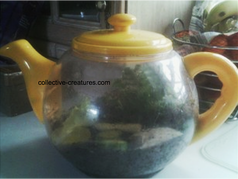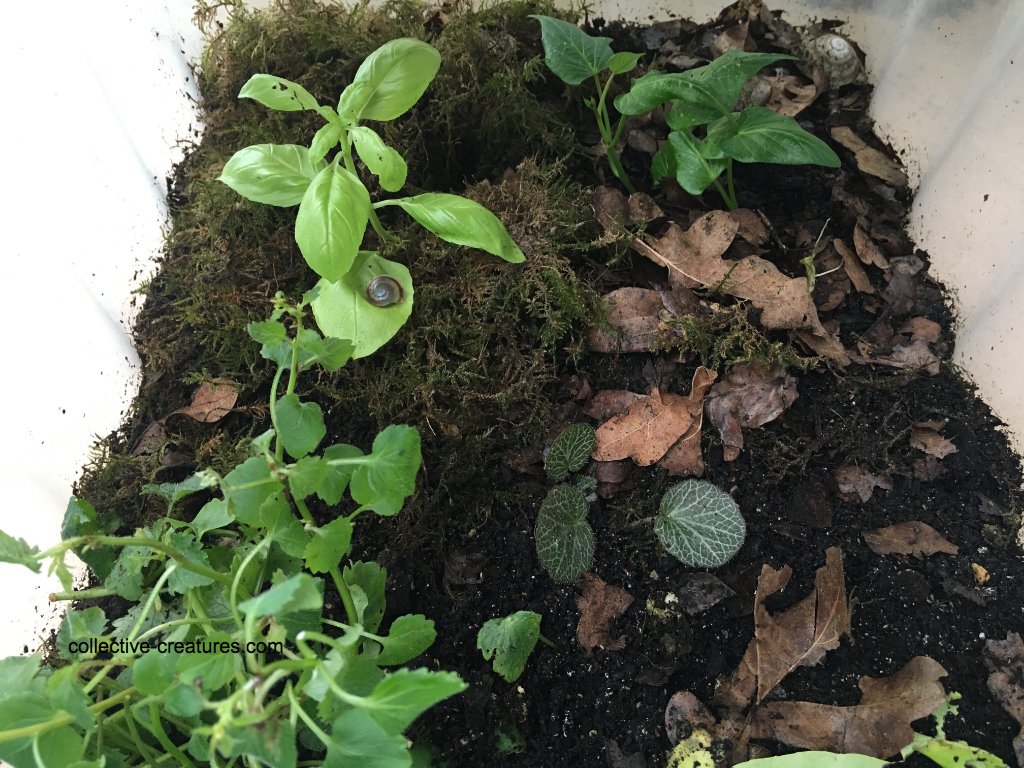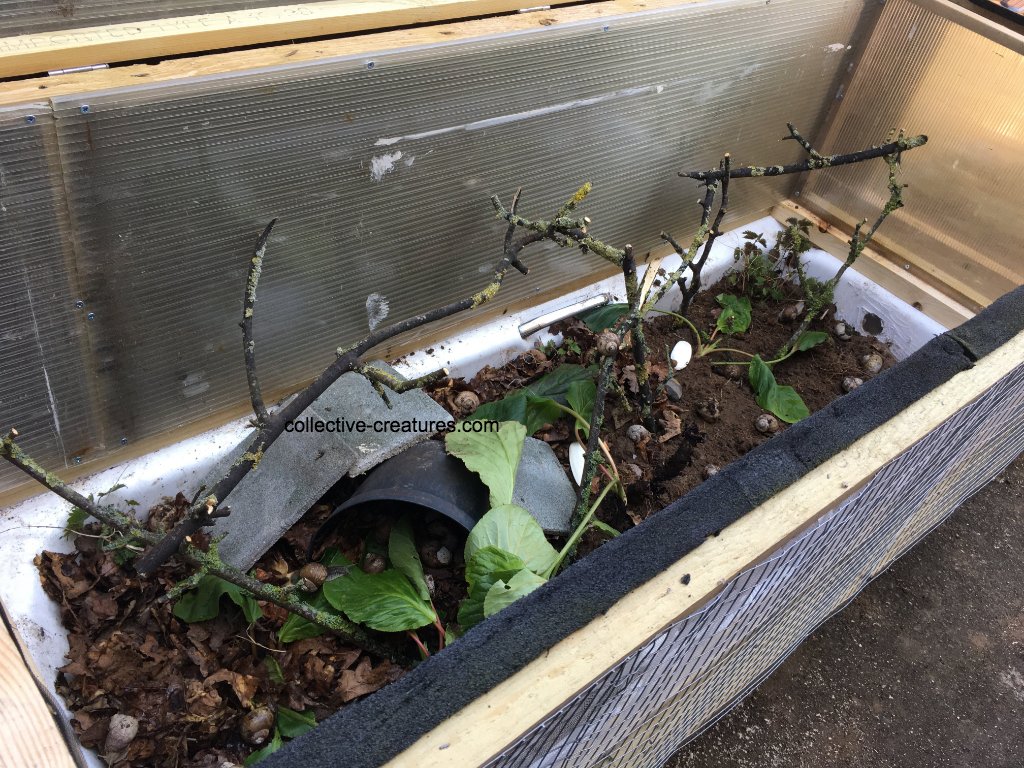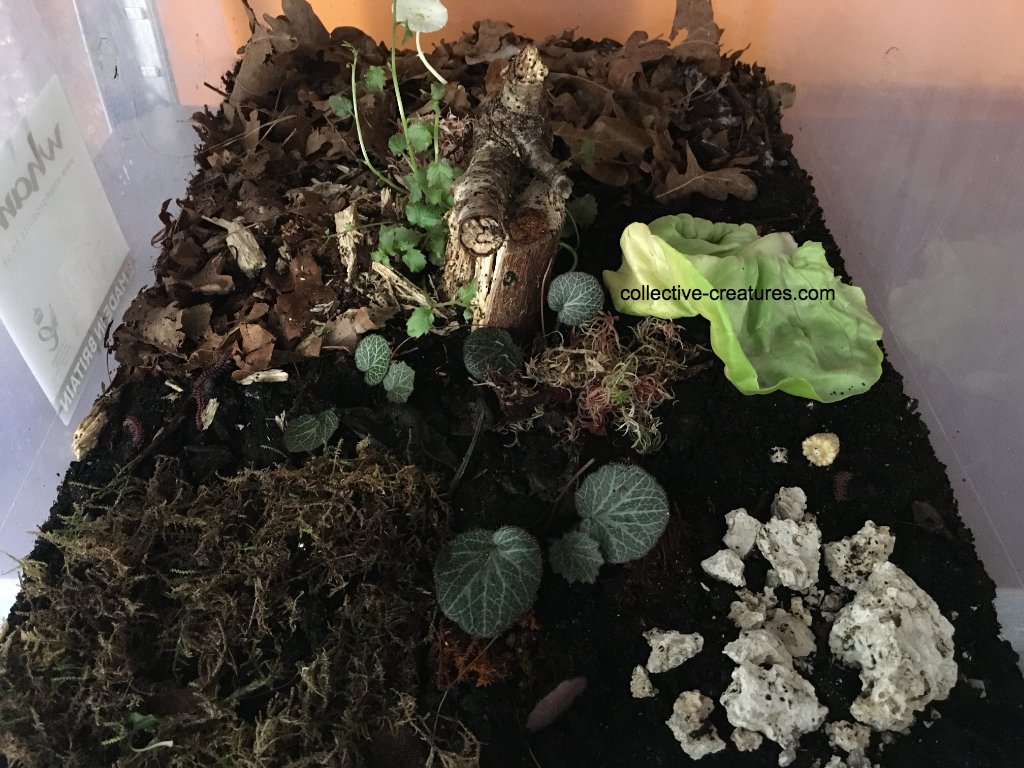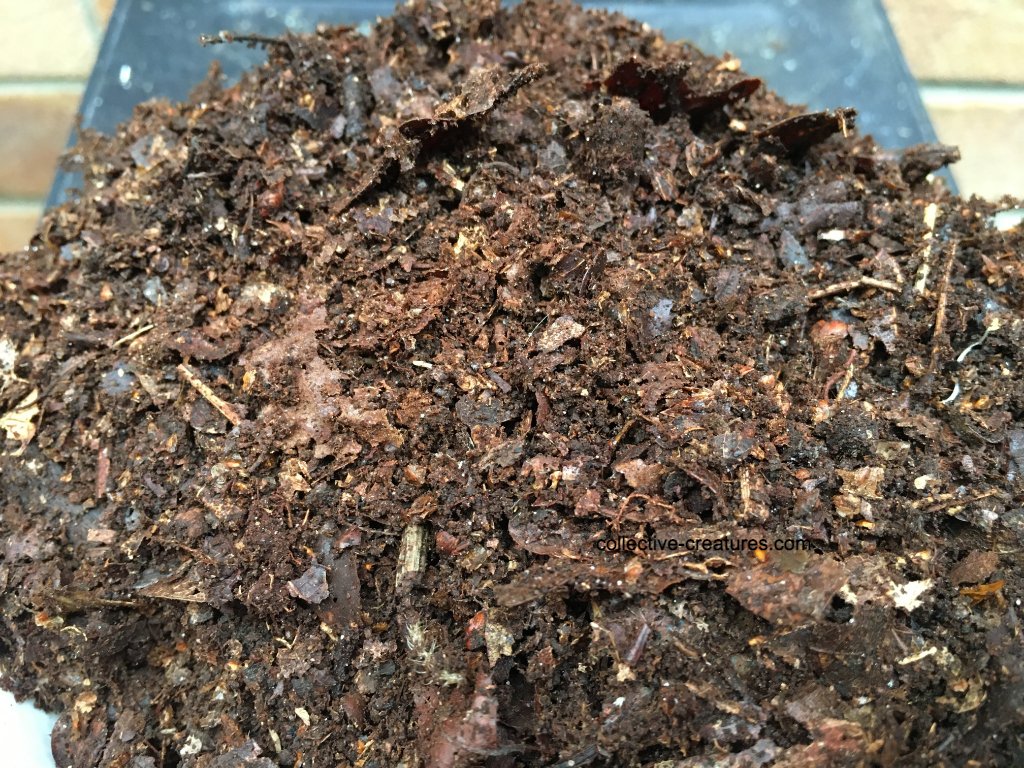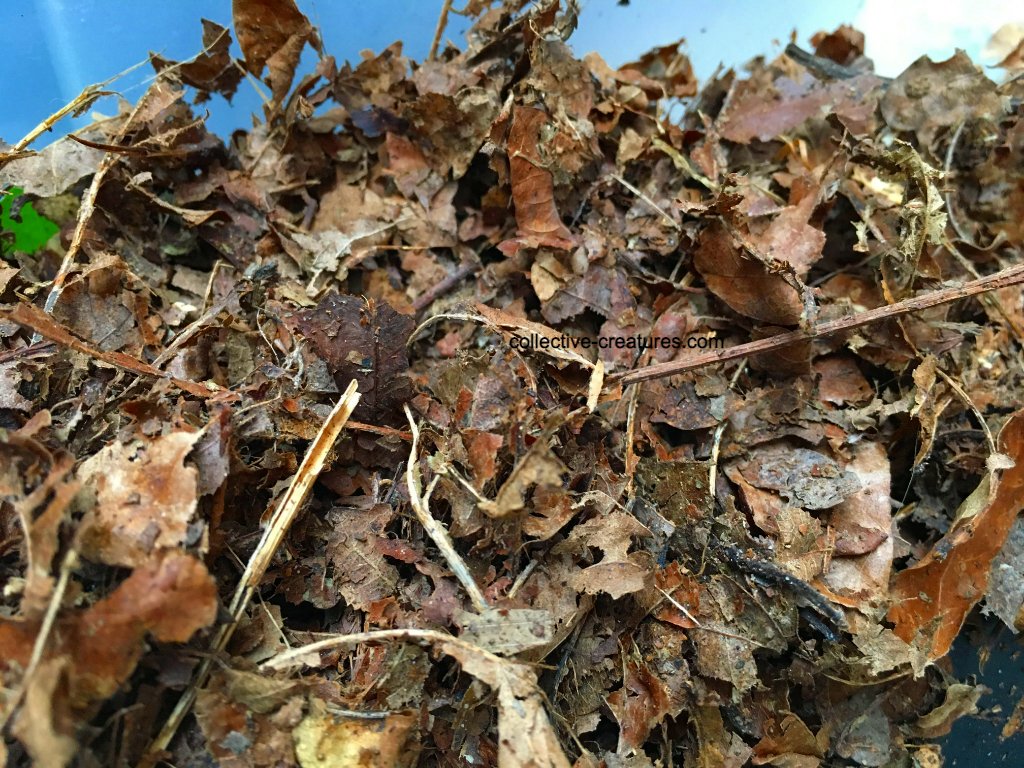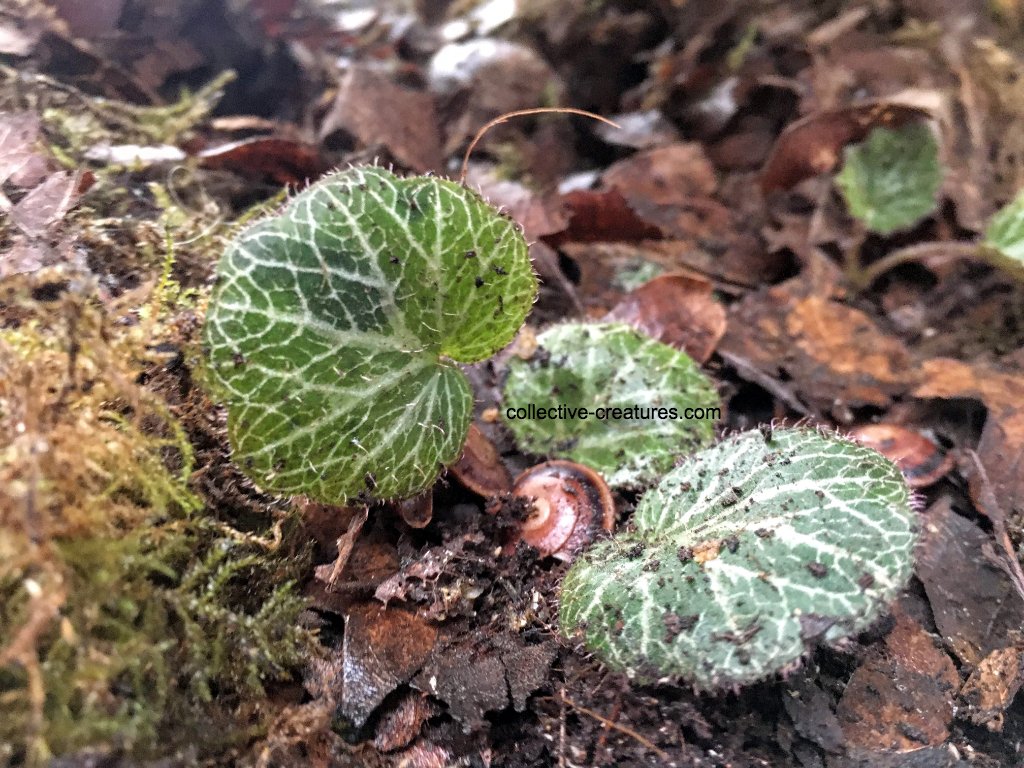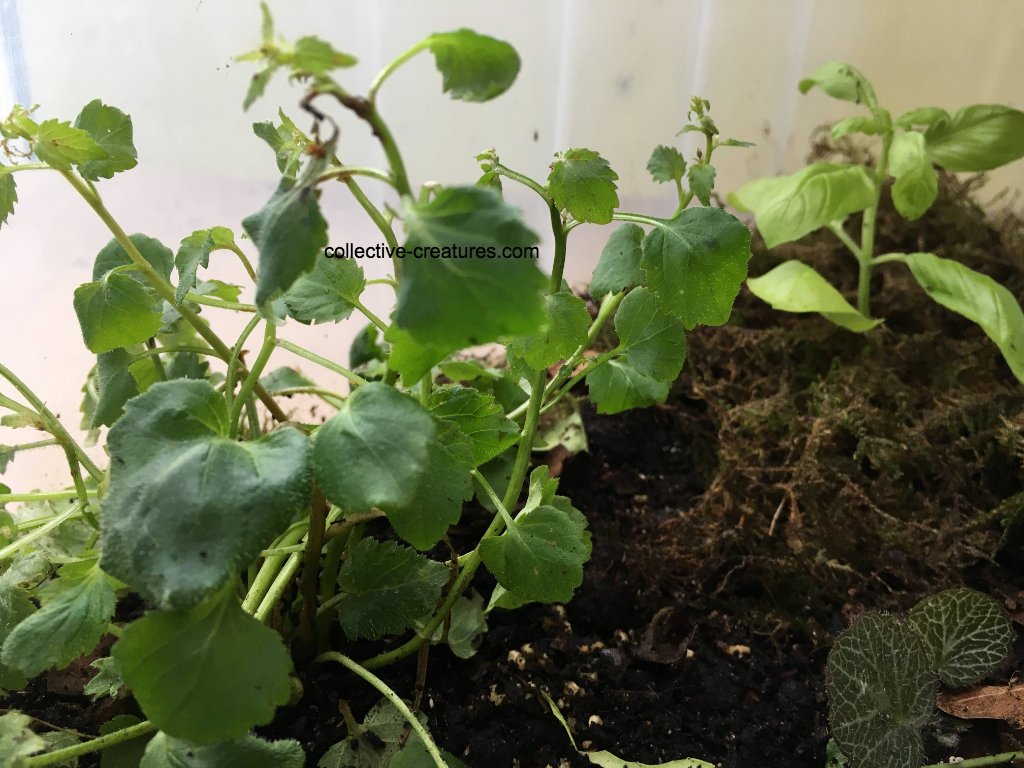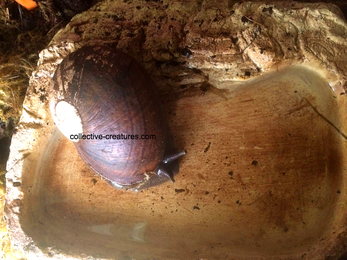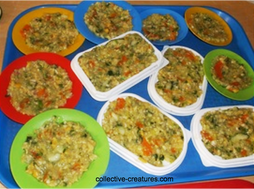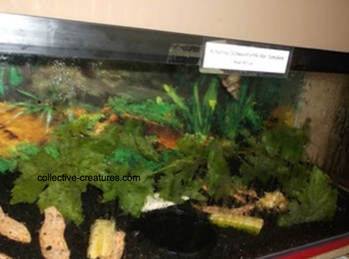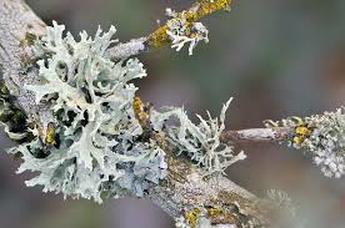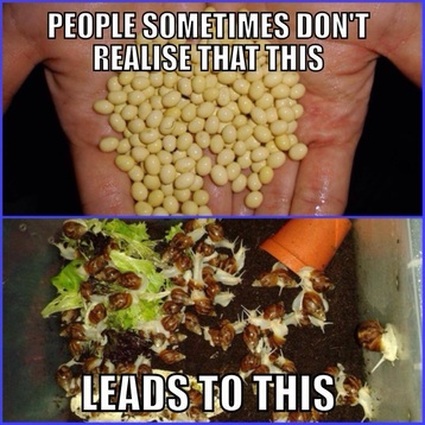Snail Care - A basic guide
All adult snail sizes given on our website are for approximate shell length only.
It will vary slightly for each individual snail, depending on diet, habitat & whether or not they are wild caught or captive bred.
It will vary slightly for each individual snail, depending on diet, habitat & whether or not they are wild caught or captive bred.
Temperatures
We have put a temperature guide on all of our pages to show you how we keep our small creatures.
To get the correct environment for your snail it is also good to find out what the climate is like in the country of origin
for that particular species - REMEMBER... snails mostly come out at night when it is a bit cooler!
Most species (but not all) will tolerate a slight variance in temperature as long as the humidity levels are right for them.
You may need to spray a fine mist of water a little more or a little less often until the snails are all active, happy and feeding.
* Of course, everyone has different views & to make things easier for your new pets to adapt to their new home with you,
PLEASE check with the breeder you are buying snails from regarding the temperature & humidity they are used to.
To get the correct environment for your snail it is also good to find out what the climate is like in the country of origin
for that particular species - REMEMBER... snails mostly come out at night when it is a bit cooler!
Most species (but not all) will tolerate a slight variance in temperature as long as the humidity levels are right for them.
You may need to spray a fine mist of water a little more or a little less often until the snails are all active, happy and feeding.
* Of course, everyone has different views & to make things easier for your new pets to adapt to their new home with you,
PLEASE check with the breeder you are buying snails from regarding the temperature & humidity they are used to.
Housing
|
Please be aware that certain species will need more or less humidity and ventilation than others
and some that are native to the U.K & Europe may be happier outside.
|
PlantsSome snails enjoy having live plants to nibble, and it also helps to keep the humidity levels up, you can grow various weeds & herbs all year round either in a greenhouse or on a windowsill, ready to just plant in a tank when needed. If you don't have the space or the patience to grow your own plants, some supermarkets sell rooted lettuce & potted herbs pretty cheap, just remember to give them a good wash before using. Most of our snail habitats have either Basil, Wild Horseradish, Stinging Nettles or African Violets growing in a bright corner mainly as a food source but also for keeping humidity levels up & providing areas of exploration. The larger, African species will dig them up & destroy them. |
WaterSome slugs & snails enjoy a bath now & again, some larger species may like a plastic cat food bowl as the sides are slighting sloping to avoid tipping, which also makes it easier for them to get in it. Smaller species can make regular use of a milk bottle lid or just a leaf for a drinking place.
Not all snails will want a water supply if they are kept damp & some will just tip it up & turn the substrate into a bog - If this happens stop putting water in for them, just continue to spray the moss & leaf litter instead. Some of our snails love to bathe in a tortoise dish and with it being fairly flat & heavy they can't tip it over! |
Feeding
Most snails & slugs eat a variety of fruit, vegetables, plants & herbs - however, like us, they have their favourites
and you will need to observe their feeding habits to make a list of your own.
Please be aware that as with all animal species, their feeding preferences will change from time to time throughout the year
depending on varying nutritional needs such as growth or reproduction.
I do advise that you research your chosen species & try to find out what they would eat in the wild & try keep their diet as natural as possible - it is worth the extra time & effort if you wish to raise healthy animals.
We have found that all of our snails prefer to eat leaves & flowers from various 'weeds' including burdock, thistles, nettles, dandelions, plantain, groundsel & dock weed so it is worth offering on a regular basis.
Dead & dying plant matter is also a natural part of a snail's diet, not just the fresh stuff
but if you are collecting snail food from the wild, please make sure it has not been sprayed.
This is a basic fruit & vegetable list to get you started:
|
Aubergine, Apple
Beetroot, Banana, Basil Cabbage, Carrot, Chard, Courgette, Cucumber Dandelion, Dock Leaves Horseradish Leaves Romaine Lettuce Marrow, Mango, Melon, Mushrooms, Miners Lettuce Nettles Papaya, Parsnips, Peach, Pears, Pepper, Plum, Pumpkin Raspberries Strawberries, Squash, Sweetcorn, Sweet Potato, Swede Turnip ~~~~~~~~~~~~~~~~~~~~~~~~~~~~~~~~~~~~~~~~~ |
A tin of creamed corn put through the blender with some other veg goes down well sometimes.
|
* Do NOT feed onions, garlic, rice or pasta to a snail or slug.
* Some snails & slugs will also appreciate high protein food that has been pre-soaked first
such as dog / cat biscuit & fish food flakes.
* All snails need permanent access to calcium for shell growth
- this is usually provided in the form of cuttlefish or limestone flour.
Some slugs & snails need certain minerals in their diet to remain healthy
and some species are omnivorous / carnivorous
SO
Please research your chosen species THOROUGHLY before buying as
different snails have different requirements.
and some species are omnivorous / carnivorous
SO
Please research your chosen species THOROUGHLY before buying as
different snails have different requirements.
Please Note...
|
Keeping all the eggs from your breeding pair of adult snails can sometimes be disastrous. Giant African land snails are known to be breeding machines - producing hundreds of young at a time and being ready for reproduction as often as every 2-3 months (sometimes more frequent) The best thing to do is to freeze the eggs as soon as they are laid. As cruel as this may seem, freezing is in fact the most humane way of maintaining population size. Freezing the eggs once they are laid halts their development into snails. The cells literally "stop dividing" - no pain is caused in this process. Keeping 20-30 snails and raising them to adulthood is a lot of hard work. So even if you are planning on hatching the entire clutch and selling the majority on, its useful to know that in the wild more than 60% of the young don't make it to adulthood. For this reason, adults produce hundreds of young, in hope that few of them will trickle through and survive to breeding age. Predators & disease naturally control the population size. In captivity there is no threat from predators and very little threat of disease. For this reason, snails thrive and can literally flood you with young. |
